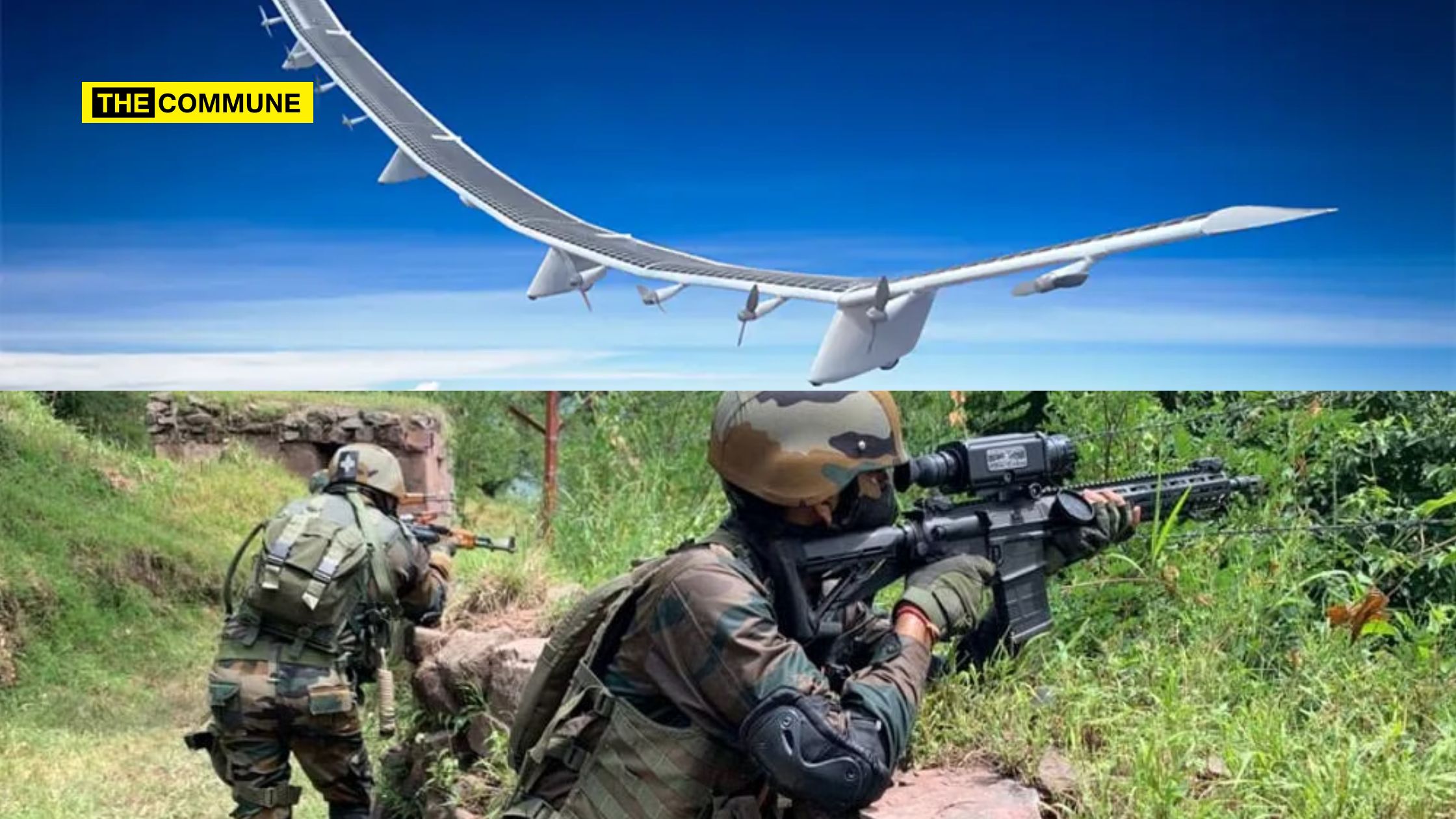
After Indian security forces eliminated five Lashkar-e-Taiba (LeT) terrorists in an encounter on Thursday, 26 October 2023, foiling an infiltration bid along the Line of Control (LoC) in the Kupwara district of Jammu and Kashmir, India is enhancing its border security by deploying an extensive drone-based surveillance system to deter unforeseen attacks, similar to those witnessed in Israel involving Hamas.
The Kashmir Zone Police said, “Based on intelligence input generated by Kupwara Police, an infiltration bid was successfully foiled in a joint operation launched by Police and Army along the Line of Control in Machil Sector of Kupwara district. In this swift and coordinated operation, five unidentified terrorists linked with proscribed terror outfit LeT were neutralized.“
Already on regular bases, drones are used to smuggle drugs and weapons into Punjab to revitalize the Khalistani issue. Also, this will be the last bid for infiltration before winter sets in the Jammu and Kashmir region.
Recently, defense officials in India held discussions with six domestic drone surveillance vendors, and they are expected to make an official announcement next month. Implementation of the system in certain border regions may begin as early as May.
The decision to continually monitor India’s borders is a response to the ongoing tensions with neighboring China and Pakistan, particularly in the Himalayan region. These tensions have become more significant in light of the conflict in Ukraine, prompting the Indian government, led by Prime Minister Narendra Modi, to reevaluate its military preparedness, priorities, and armaments. Additionally, the surprise attack by Hamas in Israel has expedited the implementation of some suggested security measures in India.
In the past, India has faced surprise attacks, such as the 2008 Mumbai attacks carried out by assailants from Pakistan. These attackers infiltrated Mumbai by sea and launched a siege on key landmarks, resulting in the loss of 166 lives.
Furthermore, India has raised concerns about the use of drones for smuggling weapons and drugs across its western border. The development and deployment of the surveillance system could take up to 18 months, with an estimated annual cost of approximately $500 million. High-Altitude Pseudo Satellites (solar-powered drones with long endurance) will be used in this system, serving as both backup for traditional radar networks and providing real-time imagery to local command centers.
The drones used and the supporting software will be domestically developed as part of India’s efforts to boost local production in its military modernization initiative, which is striving for greater self-sufficiency and reduced reliance on foreign weapon platforms. Once implemented, this surveillance system is expected to cover the entire 14,000 miles (22,531 kilometers) of India’s land borders and coastline, providing constant monitoring. Previously, India had leased two drones from the United States for surveillance and reconnaissance during border tensions with China in 2020.
Subscribe to our channels on Telegram and WhatsApp and get the best stories of the day delivered to you personally.




